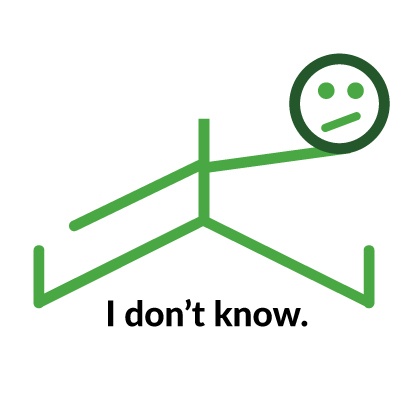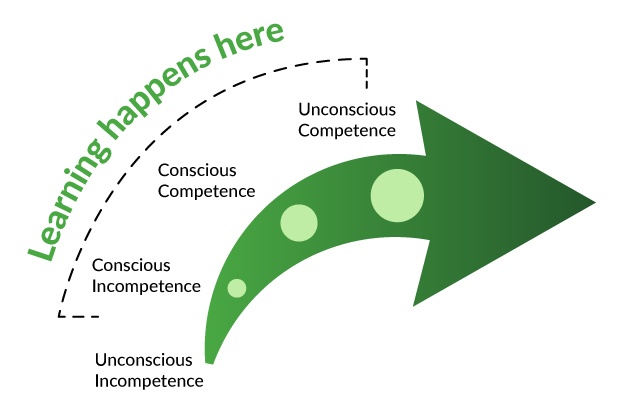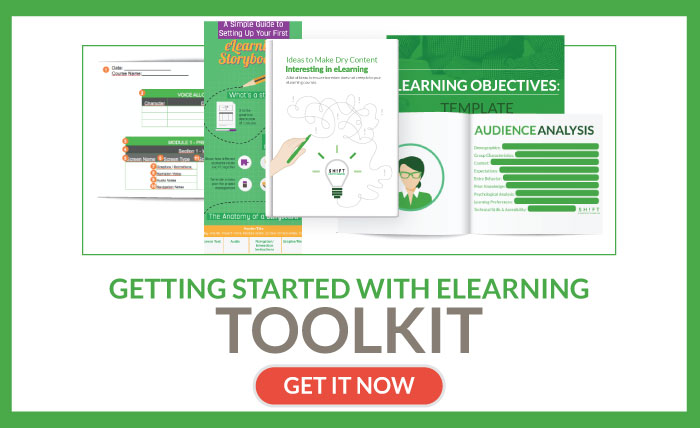SUMMARY:
Although originally developed back in 1970 at Gordon Training International, the Conscious Competence Ladder (or more simply the Four Stages of Learning) is still relevant today. It’s a great tool to use with recruits and existing employees who are learning new skills, to take them from “good” to “great.”
How Do You Know What You Don’t Know?
We’ve all been there. We’re learning something new, and at first, it comes effortlessly and quickly. The first few steps in the process seem almost too easy. Then, at some point, the learning gets a little tougher. You become confused or uncomfortable about parts of the new process, and you may get frustrated. You realize at this point that there are things you didn’t know that was not apparent when you began the learning process. In short, you didn’t know what you didn’t know.

Eventually, however, if you stick with it you will bust through and become capable and even proficient at the new skill. Sure, at first you may have to concentrate to do things accurately, but that will pass. Then one day, after much practice and repetition, you won’t be able to remember ever having struggled to do what you’re doing. You have become a master!
The Conscious Competence Ladder
This process of learning is well known, and there is even a model that describes the cycle that everyone goes through when learning something new. It's called the Conscious Competence Ladder, or simply the Four Stages of Learning. It looks something like this:

Let’s take a look at each one of these stages in more detail.
1- Unconscious Incompetence
In this context, incompetence is not the same as being inept. It is merely the beginning stage where everyone starts when learning a new skill. Unless it’s a basic instinct (like breathing), at some point, we all have needed to learn a new skill or information.
Sometimes we learn from a teacher (e.g., math), and sometimes we learn on our own from books (e.g., the history of France), but we always start from a position of incompetence, or lack of knowledge if you prefer.
In the workplace, the learning process takes on special significance. There are standards to be maintained, organizational needs to be fulfilled, and employee satisfaction to be managed. In short, the stakes are higher. And to manage this learning process effectively, Learning and Development professionals need to be aware of this learning model.
For example, let’s say you’ve hired a new administrative assistant. It’s an entry level job, and seemingly just about anyone should be able to do it. After showing the new recruit around (let’s call him Andrew), you sit him down and say, “just answer the phones and take messages, and in between, please file these reports.” Andrew is eager to comply, and not afraid to jump right in.
After a few hours, you come back and ask Andrew if you have any messages. He smiles and hands you a few pieces of papers, each with a name and the time they called - but no return numbers or messages. Andrew has also filed all of the reports alphabetically, but by the client’s first name. He smiles, blissfully unaware that he has made any errors.
2- Conscious Incompetence
Andrew is in the first stage of his learning journey. He is happily unaware of his ignorance, and may even expect praise for his work. To advance to the next level, you must make him aware of his shortcomings without demoralizing him. In other words, you need to bring his need for learning to the conscious level.
During this process, you need to keep him motivated, supported, and encouraged during this transition. Thank him for his efforts, and quickly move to proper filing techniques (alphabetical by last name) and telephone protocols (call back numbers and messages). You should also discover what other skills he may need to learn, and train him on those as well.
Also read:
Motivate Employees to Participate in Training: 8 Ideas
Designing for Motivation: Three Theories eLearning Designers Can Use
3- Conscious Competence - Skill
Just because an employee has absorbed the fundamentals doesn’t mean that they are “done” with the learning process. Far from it. After being trained on a new skill, employees will need time to practice and gain confidence. As learning leaders, you need to give your learners opportunities to use their new skills as often as possible after they learn them.
Transitioning to conscious competence should result in feelings of accomplishment and self-worth. Help them realize that their success is not dependent on luck, but rather it’s a matter of hard work and determination. Acknowledge them for their efforts.
4- Unconscious Competence - Mastery
The fourth and final stage of the model is mastery or unconscious competence. At this stage, individuals can perform their duties without even thinking about them. They return to the “bliss” of stage one, but for different reasons. What was a struggle at first now comes naturally to them.
There is a different danger at the mastery stage of learning: boredom. It’s important for the good of your employees and your organization to continue to challenge them to learn more and continue to grow on the job. You might want to consider a peer coaching, where employees teach each other skills, or even job rotation or shadowing.
Using the Model
Start every learning intervention with an assessment of where your employees are regarding the learning ladder. Help them become aware of how much they already know or don’t know, and of what they “think” they know but may be doing wrong. Use this as a starting point to move your learners up the ladder. Finally, keep in mind that learners may go back down the ladder if don’t have a chance to reinforce newly learned skills, or practice them regularly. So give them those opportunities as well.

Sources:
https://en.wikipedia.org/wiki/Four_stages_of_competence
https://examinedexistence.com/the-four-states-of-competence-explained/


